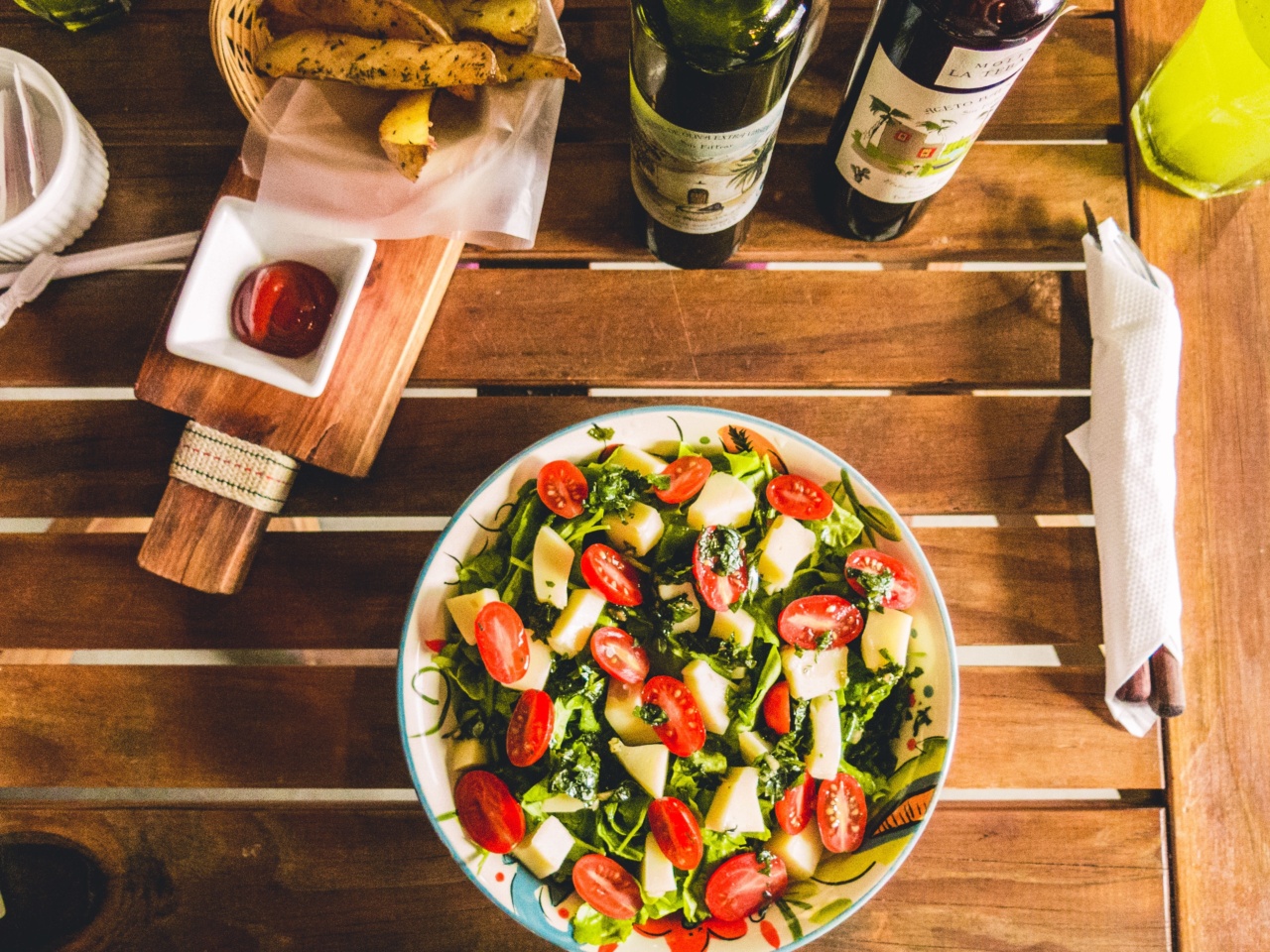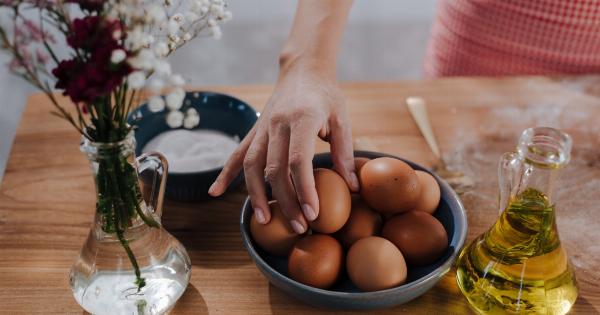Olive oil is a staple in many kitchens around the world. Its versatility and health benefits make it a popular choice for cooking, salad dressings, and even skincare.
However, despite its widespread use, many people make mistakes when it comes to storing, buying, and using olive oil. In this article, we will highlight the top 7 mistakes you might be making with olive oil and provide you with tips to avoid them.
1. Exposing Olive Oil to Light and Heat
Olive oil is sensitive to light and heat. When exposed to these elements, it can deteriorate quickly, leading to a loss of flavor and nutritional value.
To avoid this, store your olive oil in a dark, cool place, away from direct sunlight and sources of heat, such as stovetops or ovens. Consider transferring olive oil to a tinted glass bottle or a ceramic container that can protect it from light and heat.
2. Keeping Olive Oil Past Its Expiration Date
Olive oil has a limited shelf life. Over time, it can become rancid, losing its flavor and quality. Check the expiration date on the bottle and make sure to use the oil before it expires.
Remember, high-quality olive oil will have a shorter shelf life compared to lower quality alternatives. To extend the lifespan of your olive oil, always buy smaller quantities that you can consume within a few months.
3. Storing Olive Oil Near Strong Odors
Olive oil can absorb odors from strong-smelling foods, such as garlic or onions. To preserve its original flavor, keep olive oil away from these ingredients, as well as other strong odors in your pantry or fridge.
Store it in an airtight container to minimize exposure to external smells. If you notice any off-flavors or strange smells in your olive oil, it’s a sign that it has gone bad.
4. Not Differentiating Between Extra Virgin and Regular Olive Oil
There are different types of olive oil, with extra virgin and regular being the most common. Extra virgin olive oil is made from the first cold-pressing of olives and is considered the highest quality.
Regular olive oil, on the other hand, is a blend of extra virgin and refined oils. Using regular olive oil in recipes that call for extra virgin can negatively impact the taste and quality of your dishes. Always check the label and opt for extra virgin olive oil whenever possible.
5. Using Olive Oil for High-Heat Cooking
While olive oil is great for low to medium-heat cooking, it has a lower smoke point compared to other oils like canola or avocado oil. Heating olive oil beyond its smoke point can cause it to break down and release harmful compounds.
To avoid this, use olive oil for sautéing, roasting, and gentle frying. Save high-heat cooking methods such as deep-frying for oils with higher smoke points.
6. Buying Olive Oil in Clear Plastic Bottles
Exposure to light can significantly degrade the quality of olive oil. When buying olive oil, avoid clear plastic bottles as they offer minimal protection against light. Instead, choose oils packaged in dark glass bottles or tins.
The opaque packaging will safeguard the oil from harmful light and maintain its freshness for longer.
7. Believing All Olive Oils Are Created Equal
Not all olive oils are created equal, and there can be significant differences in quality and flavor. Some lower quality olive oils may be diluted with other oils or be made from olives of inferior quality.
To ensure you’re getting a genuine and high-quality product, look for certifications such as “extra virgin” or “PDO” (Protected Designation of Origin) on the label. Additionally, consider buying olive oil from reputable producers or trusted sources.
By avoiding these common mistakes, you can make the most of your olive oil, both in terms of flavor and health benefits. Remember to store it properly, use it before it expires, and choose high-quality varieties.
With these tips in mind, you’ll enjoy the full potential of this precious culinary and skincare ingredient.




























